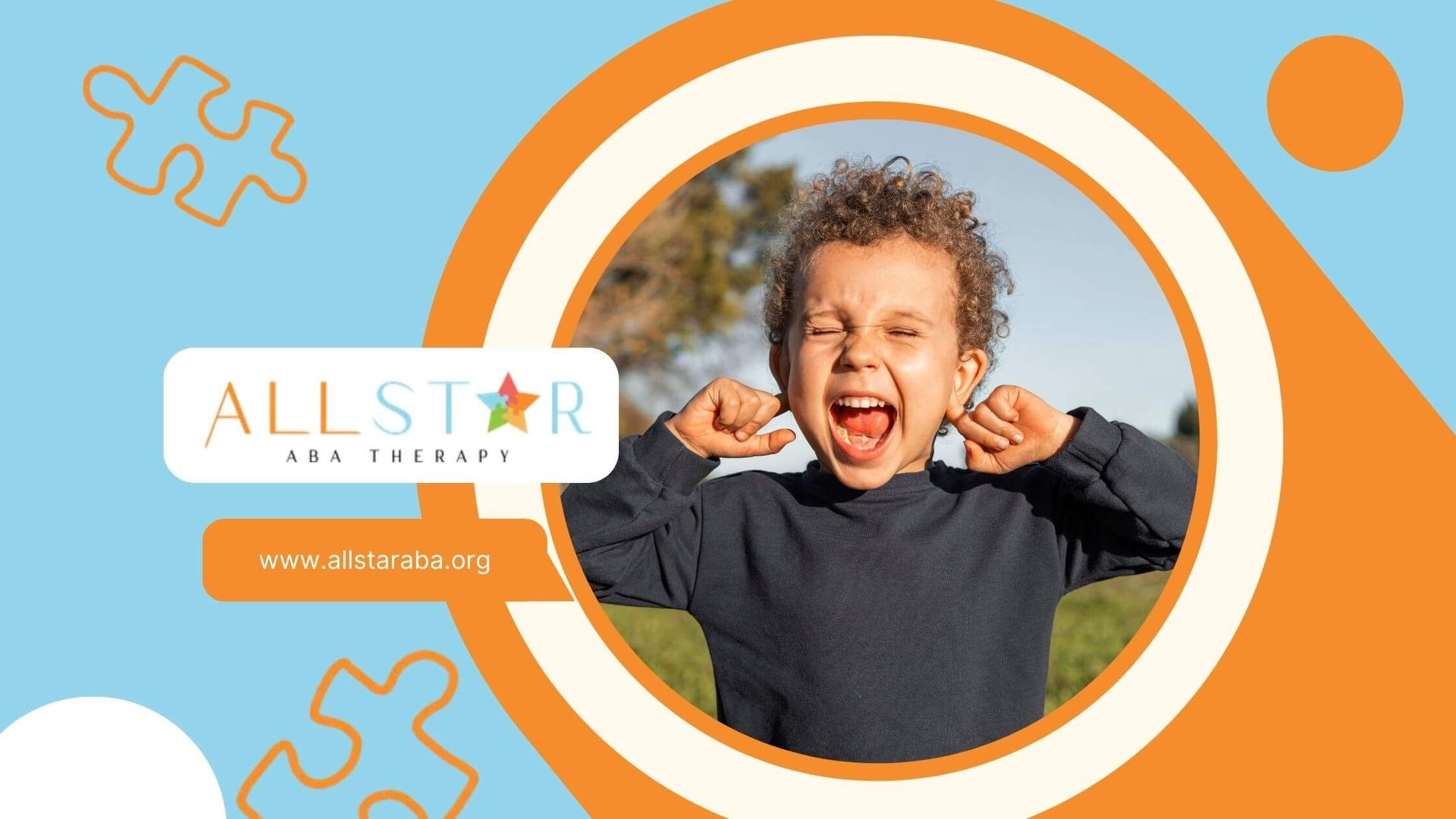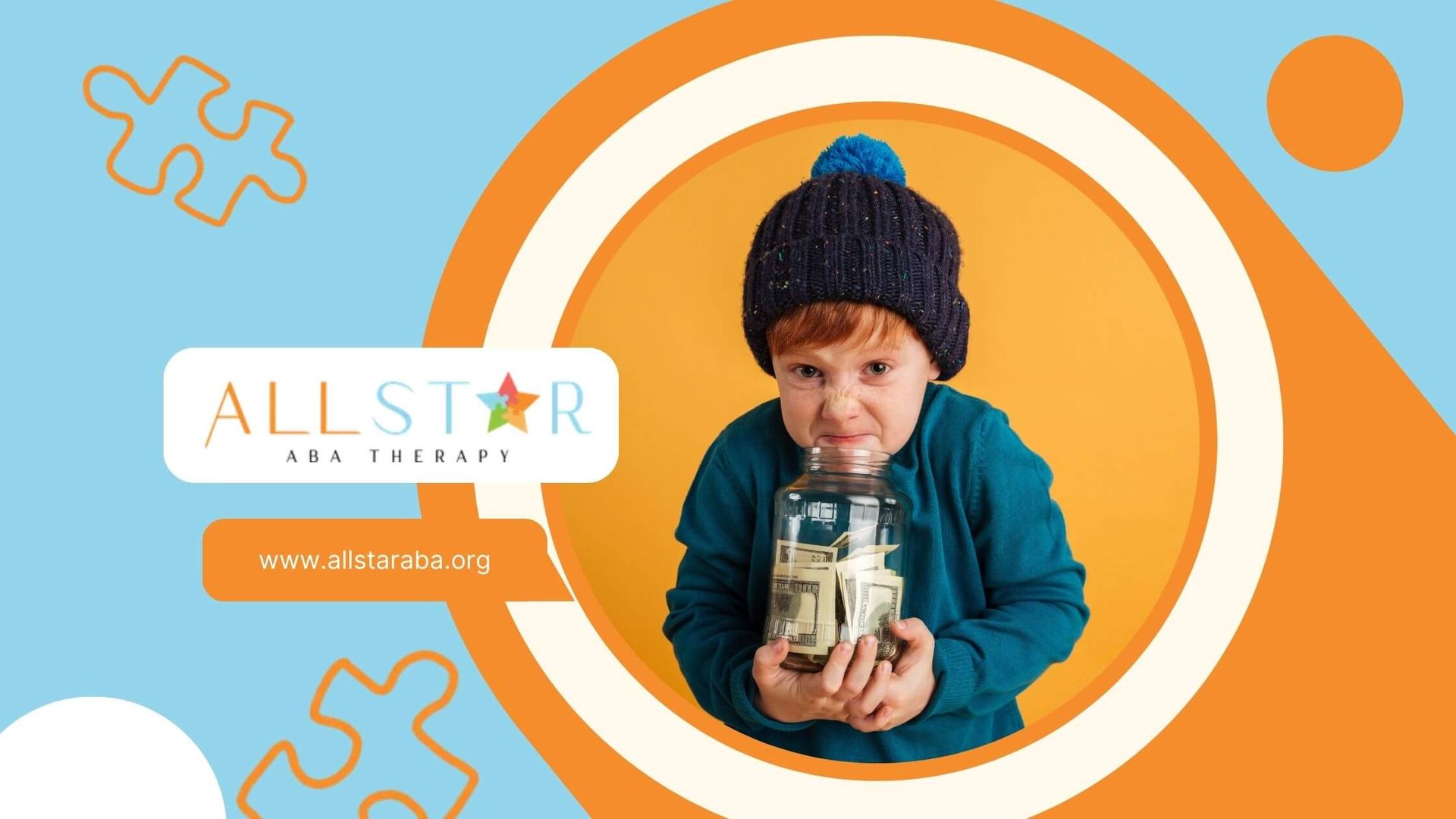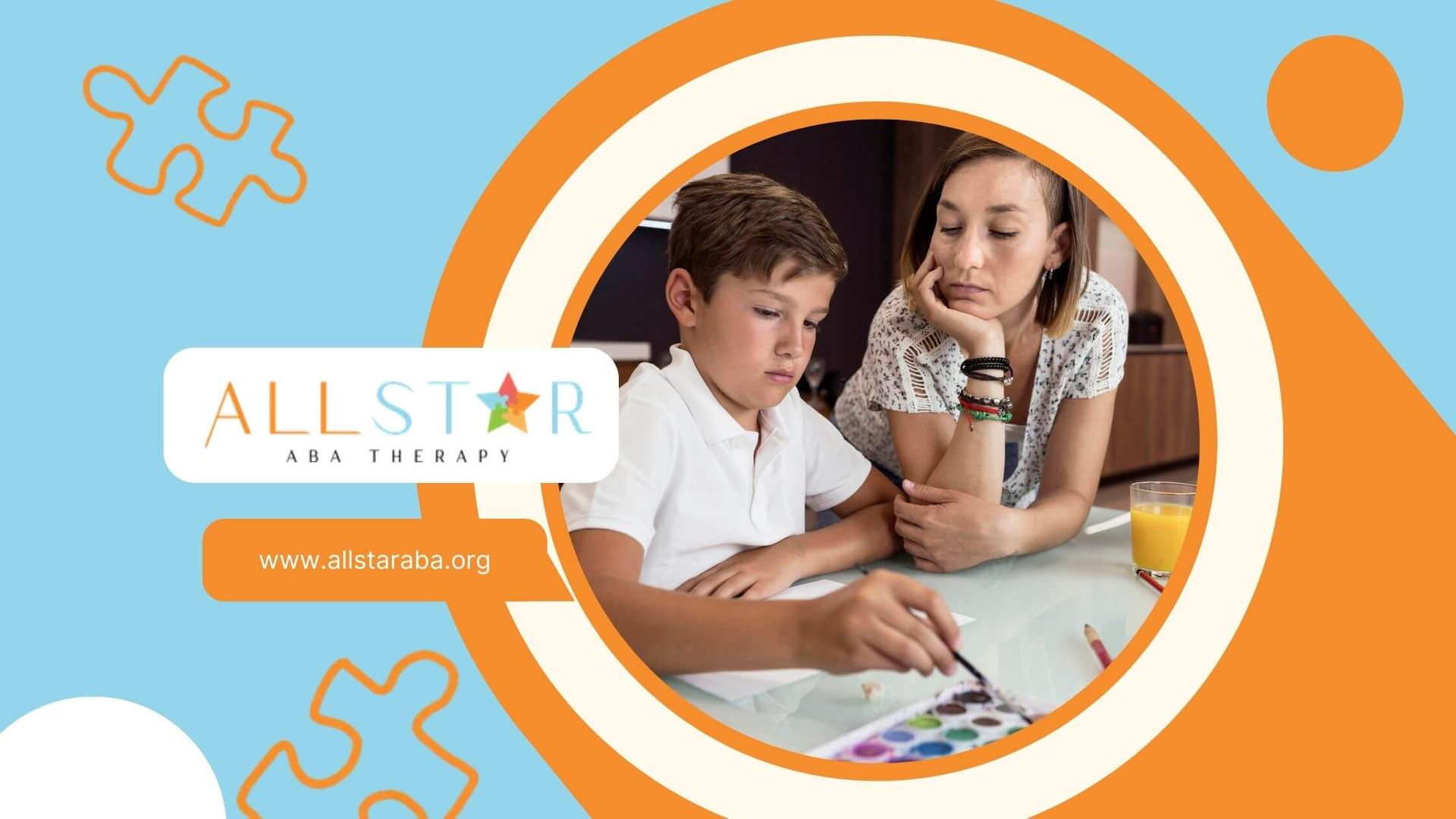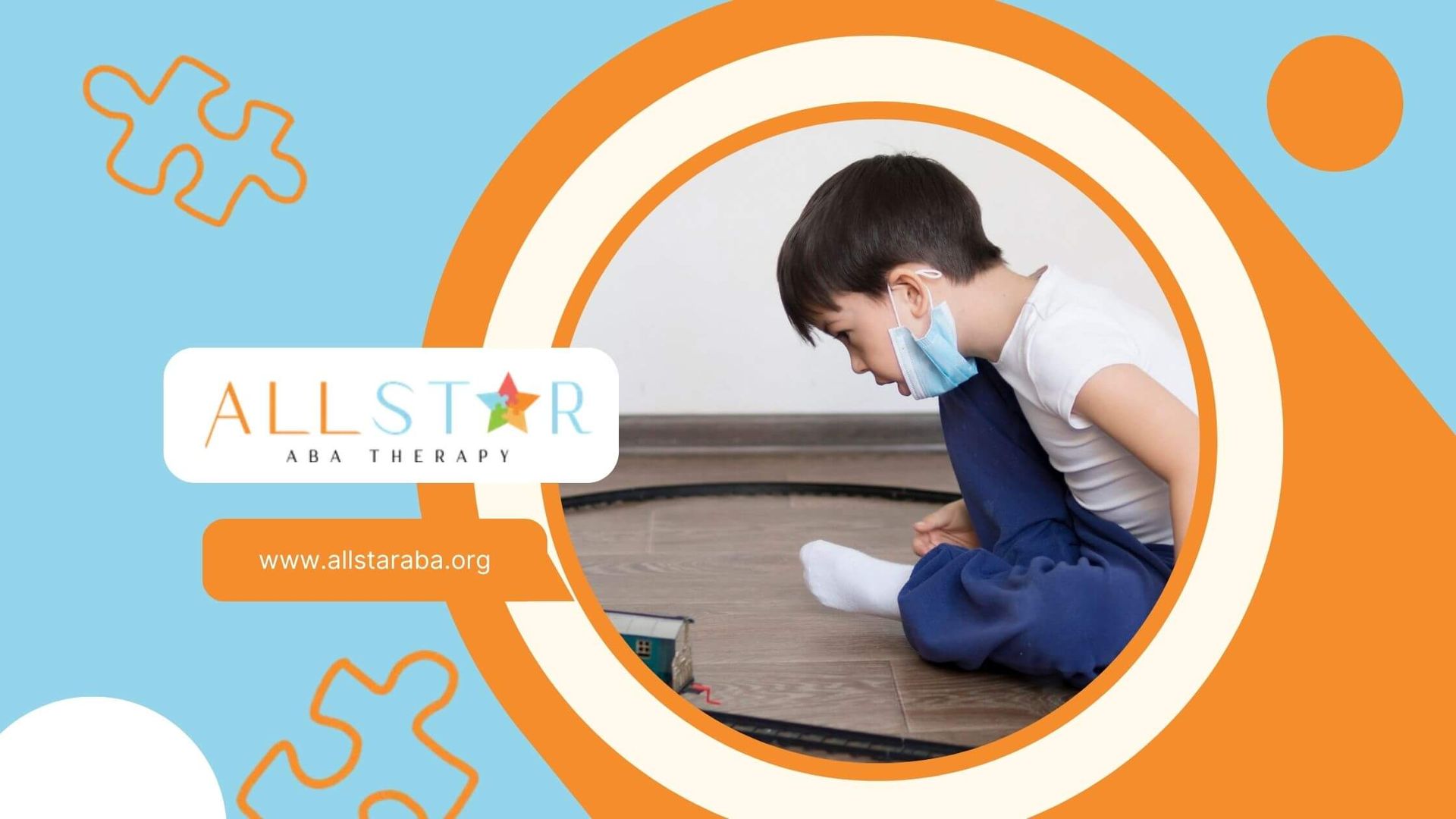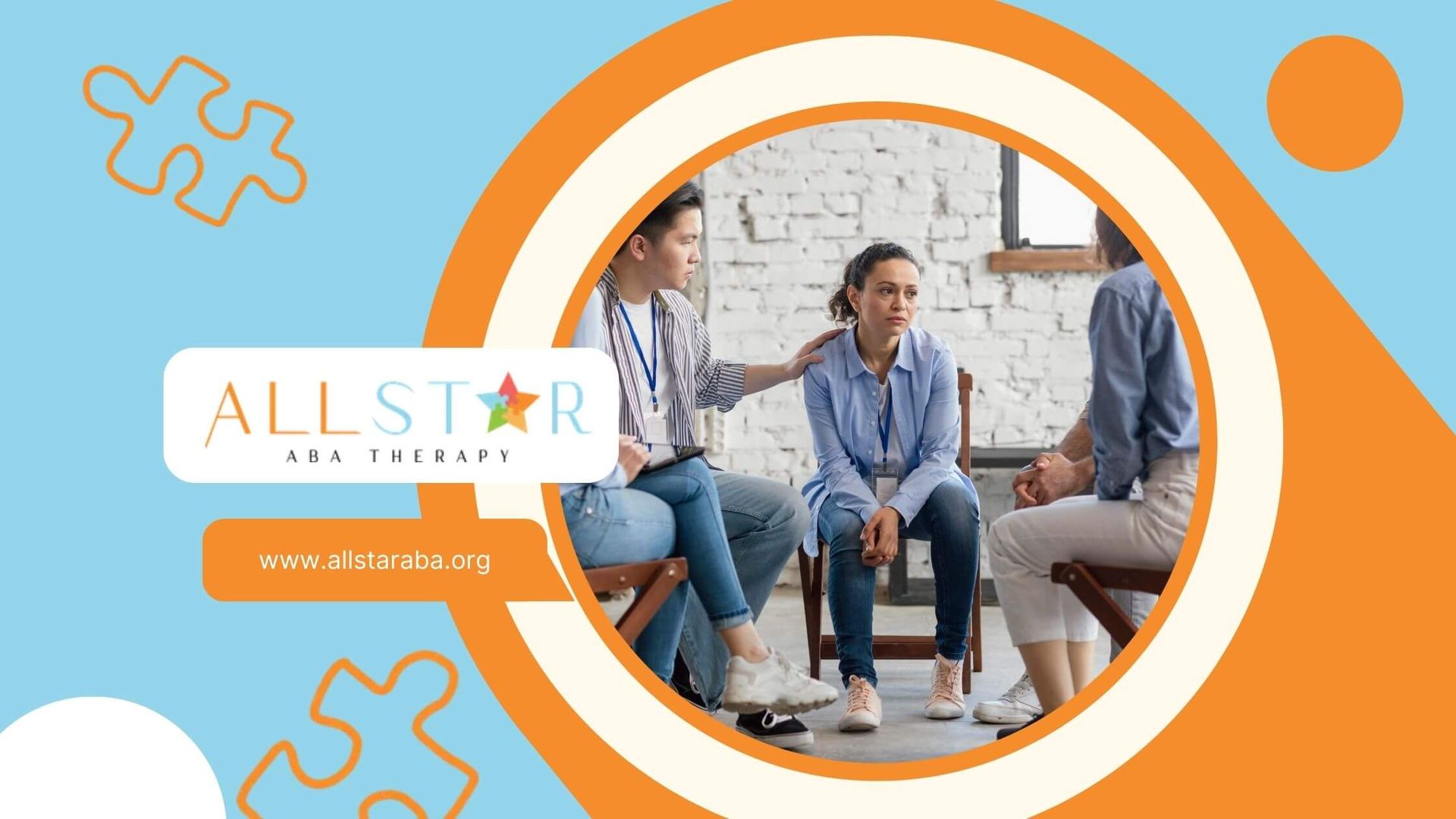New Paragraph
Understanding Eligibility for ABA Therapy in Maryland
Applied Behavior Analysis (ABA) therapy is a well-established and effective approach for supporting individuals with Autism Spectrum Disorder (ASD).
However, many families in Maryland may wonder if their loved ones qualify for ABA therapy. This blog post will explore the eligibility criteria for ABA therapy, helping you determine if this intervention is right for your family.
Who Qualifies for ABA Therapy?
ABA therapy is designed to help autistic individuals improve their social, communication, and behavioral skills. To qualify for ABA therapy, individuals typically meet specific criteria based on their diagnosis, age, and the severity of their symptoms.
Diagnosis of Autism Spectrum Disorder
The primary qualification for ABA therapy is a diagnosis of ASD. This diagnosis is usually made by a developmental pediatrician, psychologist, or other qualified healthcare professional. The diagnosis is based on a comprehensive evaluation of the individual's developmental history, behavior, and cognitive functioning.
Age Considerations
While ABA therapy can be beneficial for individuals of all ages, early intervention is often recommended. Research shows that starting ABA therapy at a young age can lead to more significant improvements in social, communication, and adaptive skills.
However, older children, teenagers, and even adults can also benefit from ABA therapy, particularly if they are experiencing challenges related to autism.
Early Intervention Programs
Early intervention programs are designed for children under the age of five. These programs focus on building foundational skills, such as communication, social interaction, and self-care, which can have a lasting impact on the child's development.
School-Age Children and Beyond
ABA therapy is also effective for school-age children and older individuals. For these age groups, therapy often focuses on specific challenges they may face, such as academic difficulties, social skills deficits, or behavioral issues. Customized treatment plans are developed to address the unique needs of each individual.
Severity of Symptoms
The severity of an individual's autism symptoms can also influence their qualification for ABA therapy. ABA therapy is particularly effective for individuals who exhibit significant challenges in areas such as communication, social skills, and behavior management.
However, even those with milder symptoms can benefit from ABA therapy to improve specific skills and enhance their overall quality of life.
Insurance and Funding
Another important consideration for qualifying for ABA therapy is insurance coverage and funding. Many insurance plans, including those in Maryland, provide coverage for ABA therapy for individuals diagnosed with autism.
It's essential to check with your insurance provider to understand the specifics of your coverage, including any age limits, session caps, and required documentation.
Conclusion
ABA therapy is a valuable intervention for individuals with autism, offering significant improvements in communication, social skills, and behavior management. Understanding the eligibility criteria is essential for families in Maryland seeking the best support for their loved ones.
At All Star ABA, we are committed to providing expert guidance and personalized care to help your child thrive. Contact All Star ABA today to schedule a consultation and discover how our tailored ABA therapy services can benefit your child. Together, we can create a brighter future for your family.
FAQs
What is the first step in getting started with ABA therapy?
The first step is obtaining a formal diagnosis of Autism Spectrum Disorder (ASD) from a qualified healthcare professional. Once you have the diagnosis, you can contact an ABA provider like All Star ABA to schedule an initial assessment and develop a treatment plan.
Can children with other developmental disorders qualify for ABA therapy?
While ABA therapy is primarily designed for individuals with autism, it can also be beneficial for children with other developmental disorders or delays. However, the specific eligibility criteria may vary based on the provider and insurance coverage.
How long does ABA therapy typically last?
The duration of ABA therapy varies depending on the individual's needs and progress. Some individuals may benefit from a few months of therapy, while others may require several years of ongoing support. The therapy plan is regularly reviewed and adjusted to ensure it meets the individual's evolving needs.
Need Support?
We're Here to Help!
Our experienced team is ready to assist you. Reach out today to discuss how we can support your child's development and well-being.
Get started with expert ABA therapy today.



